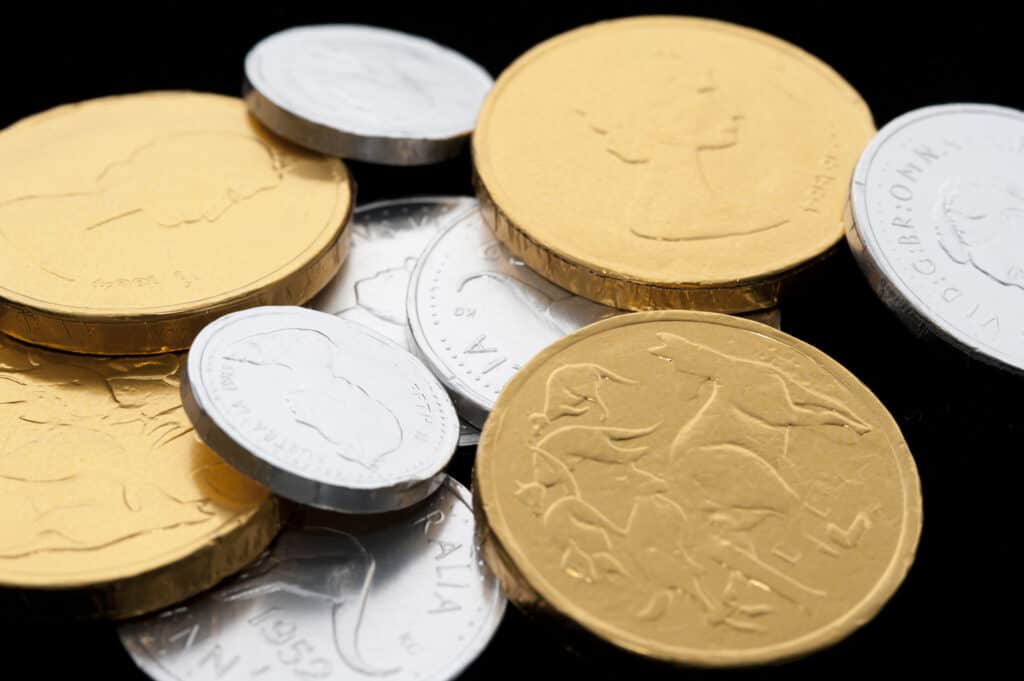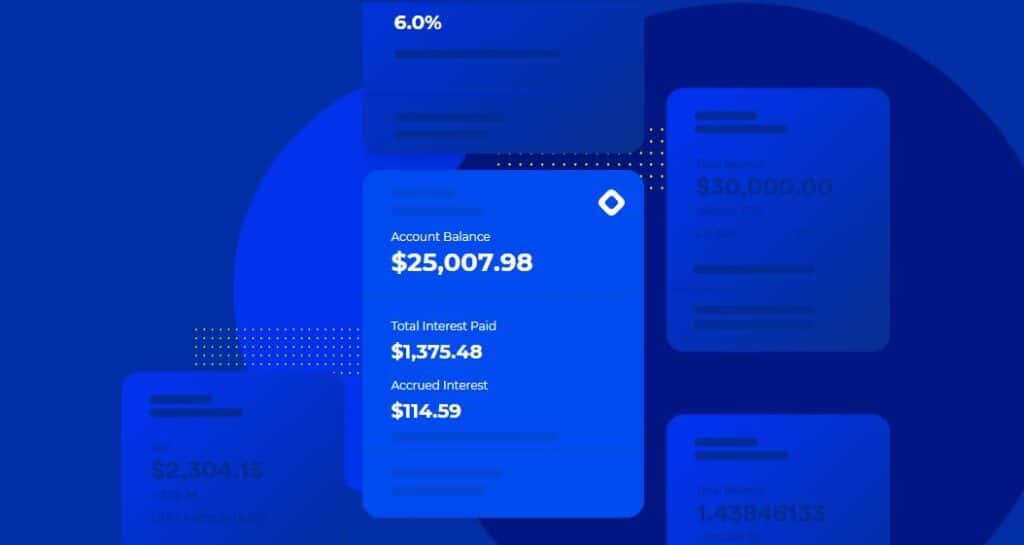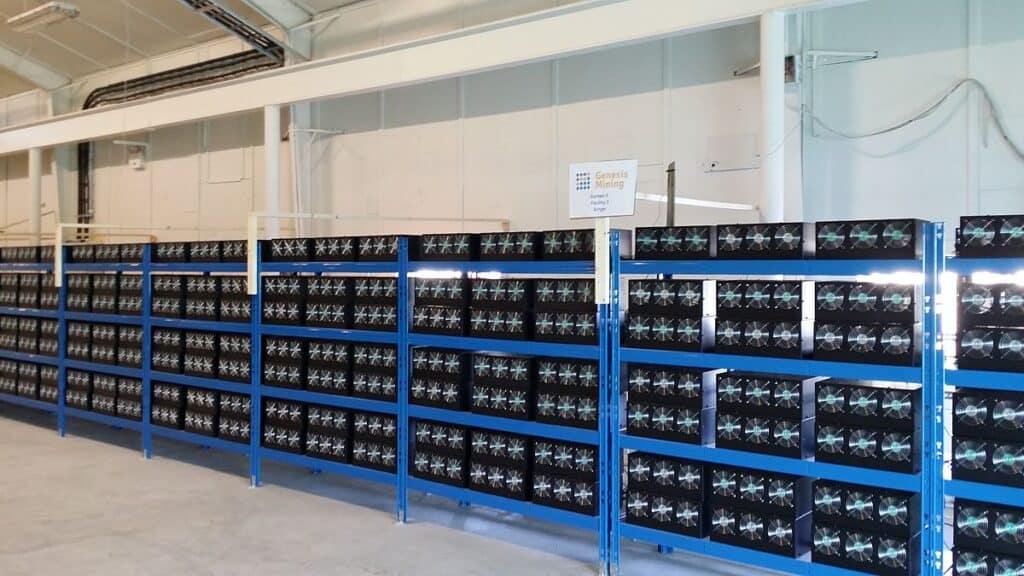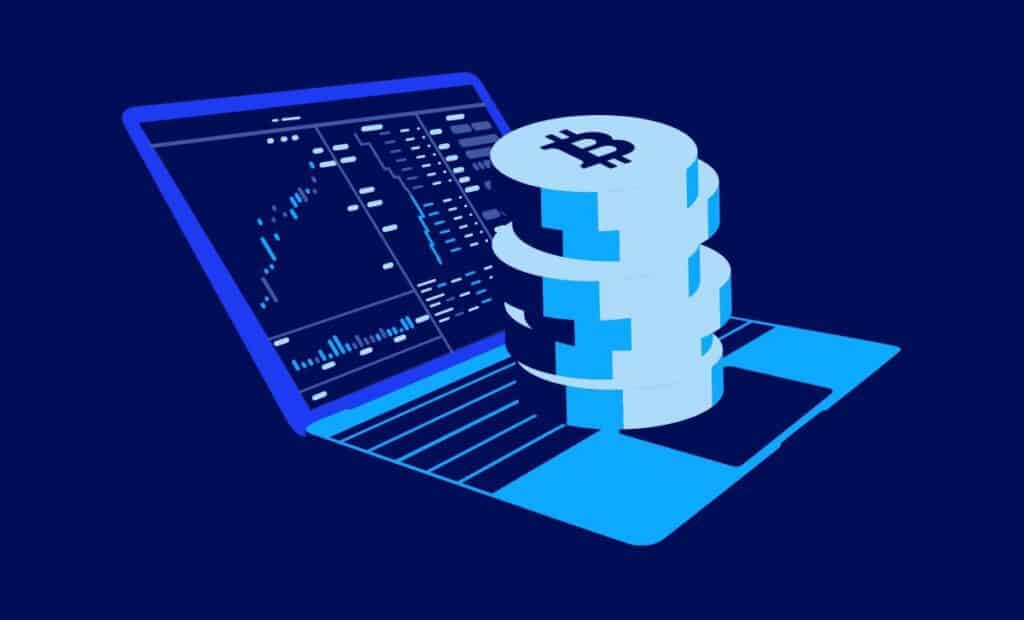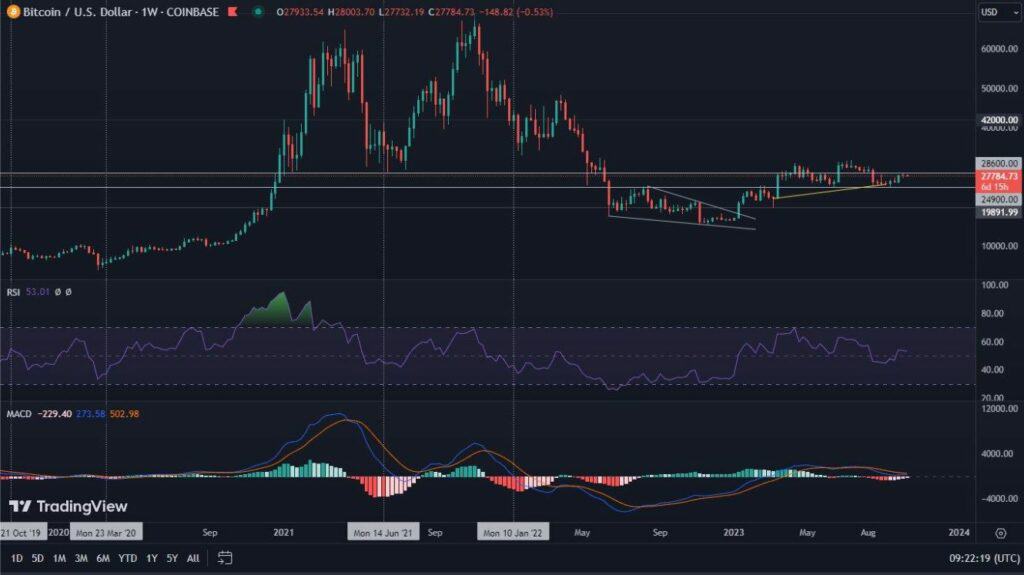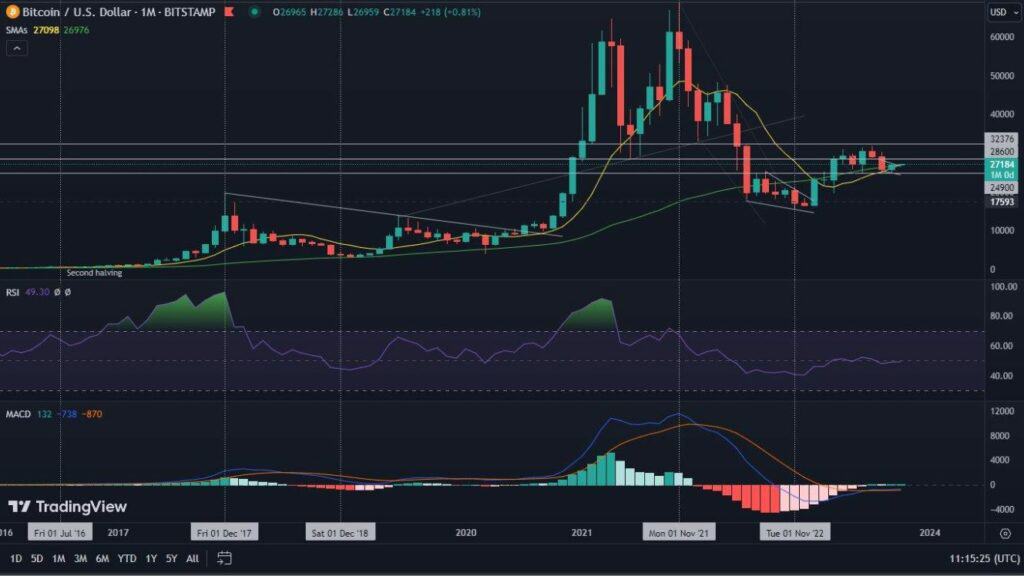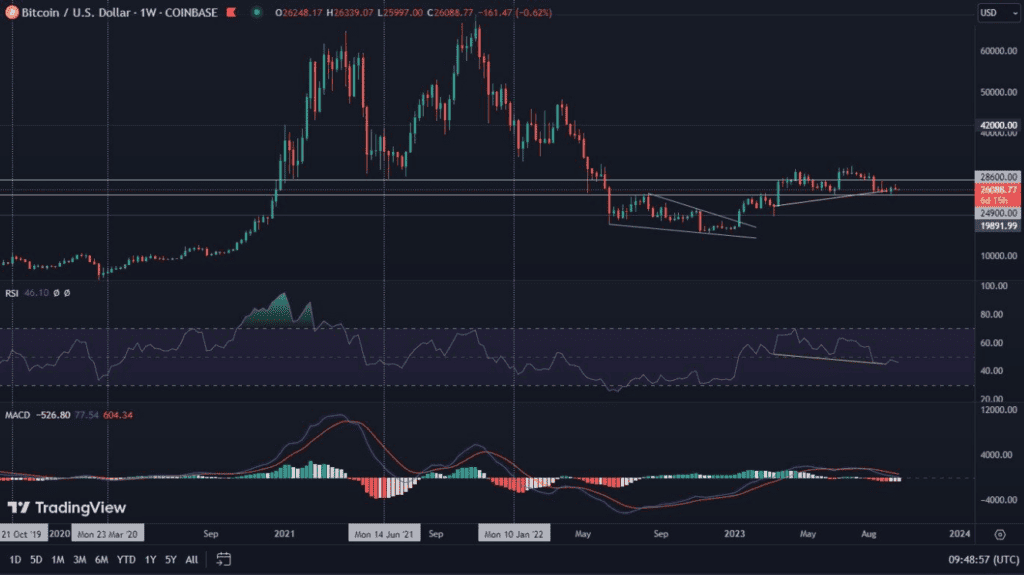With continued hyperinflation plaguing Argentina, the question is whether Bitcoin can reach new highs later this year. The country, with a population of 47 million, is struggling with a long-term budget deficit due to unfortunate government policies. The situation is leading to growing fears of a full-scale collapse of the local currency. Worse still – similar scenarios are possible to play out in other parts of the globe as well.
Argentina’s shock therapy – does bitcoin represent a rescue?
Argentina’s history is a tale of constant reaching for solutions that have usually resulted in increasing the money supply. In just three years, the aggregate supply of the Argentine peso (M1) grew from 2.81 trillion, to a staggering 10.66 trillion.
It is worth considering how Bitcoin is doing in the face of such a situation. Well, its price on domestic exchanges has reached 19.6 million pesos. Interestingly, at the time Bitcoin reached its ATH, measured in U.S. dollars, the value was from 14.2 million pesos. So, despite a 61.5% drop in the price of BTC from $69,000, investors in Argentina managed to accumulate gains of 38%, measured in local currency. Below is the current BTC/ARS chart on a weekly interval.
Interestingly, however, according to widely available data, the price of Bitcoin in pesos can appear quite different. These differences come from the official Argentine peso exchange rate, which is more complicated than most investors assume. There is an official rate, called the “BNA dollar,” set by Argentina’s central bank, which applies to all government transactions and international trade.
Exchange rate manipulation is changing the perception of BTC
It is worth remembering that the price of Bitcoin in Argentine pesos on cryptocurrency exchanges, is almost twice as high as the theoretical price reported by Google. This theoretical price is calculated by multiplying the price of Bitcoin on North American exchanges in dollars, by the official peso exchange rate provided by the local government. Manipulating the official exchange rate, on the other hand, has a negative impact on inflation and hampers economic growth.
So is bitcoin really a reliable store of value for investors in Argentina? Despite a 150% increase in the Argentine peso in two years, along with official inflation exceeding 300%, it is difficult to consider Bitcoin as a reliable and dedicated tool for this purpose.
Stablecoins a better solution than Bitcoin
It is worth noting that those who chose US dollars, or stablecoins based on that particular currency, saw a 297% increase over the same period, effectively offsetting the rise in inflation.
The case of Argentina is not isolated. The situation in Venezuela, a country that has been struggling with hyperinflation for many years, is equally dramatic. In contrast, the situation for the citizens of Turkey is somewhat calmer. But nevertheless, it is worth noting that in July this year, here too Bitcoin scored its new ATH (BTC/LRY chart below).













